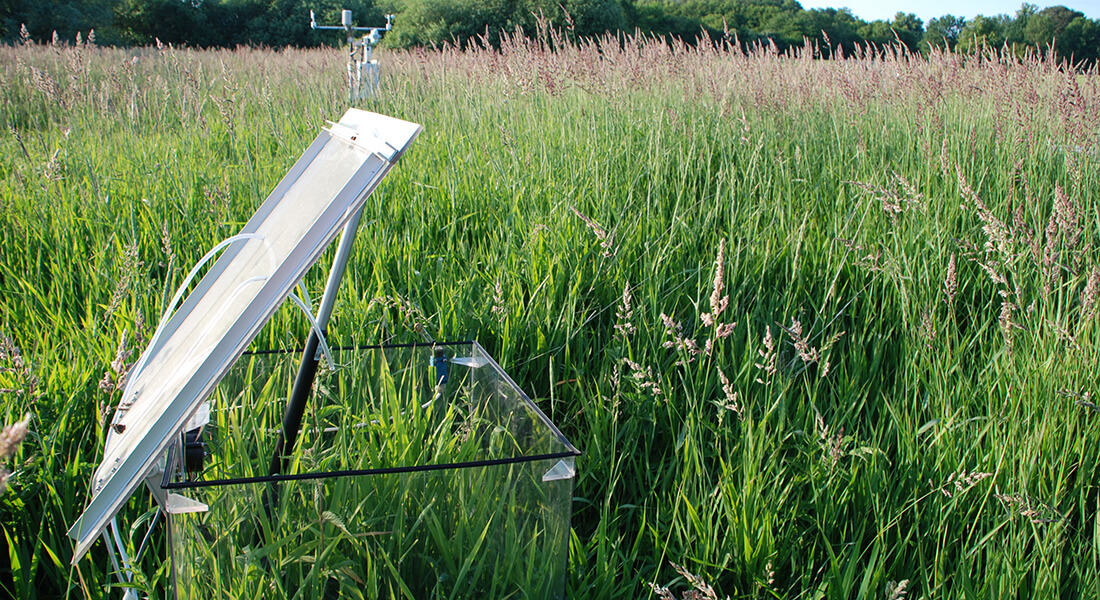23/5 Seminar by Klaus Steenberg Larsen

Greenhouse gas fluxes in a drained and a rewetted Northern peatland inferred from eddy covariance and automatic light-dark chambers.
Abstract
Peatlands store large amounts of organic carbon, which become subject to increased microbial decomposition upon drainage. While CO2 fluxes decrease upon rewetting, CH4 fluxes are likely to increase, while the potential change in N2O fluxes are highly uncertain. In this project, we investigate two neighboring, ombrotrophic bogs in Norway close to Trysil since 2019. During fall 2021, the drainage ditches were filled and natural hydrology restored at the one of the sites. We use automated, ecosystem-level, light-dark chambers to examine the seasonality of CO2, CH4 and N2O fluxes at different microsites along the water table gradient from center of drained patches to the drainage ditches in order to relate GHG fluxes to small scale spatial heterogeneity. With eddy covariance CO2 and CH4 flux measurements, we integrate fluxes of CO2 and CH4 over a larger spatial scale. I will present measured fluxes from both the drained and the rewetted site and discuss the observed short-term effects of the rewetting as well as the implications for the total greenhouse gas balance.
The seminar is open to all employees, colleagues and others whom find the topic of interest or relevance.
To register please send an e-mail to Tania Nielsen tn@ign.ku.dk
